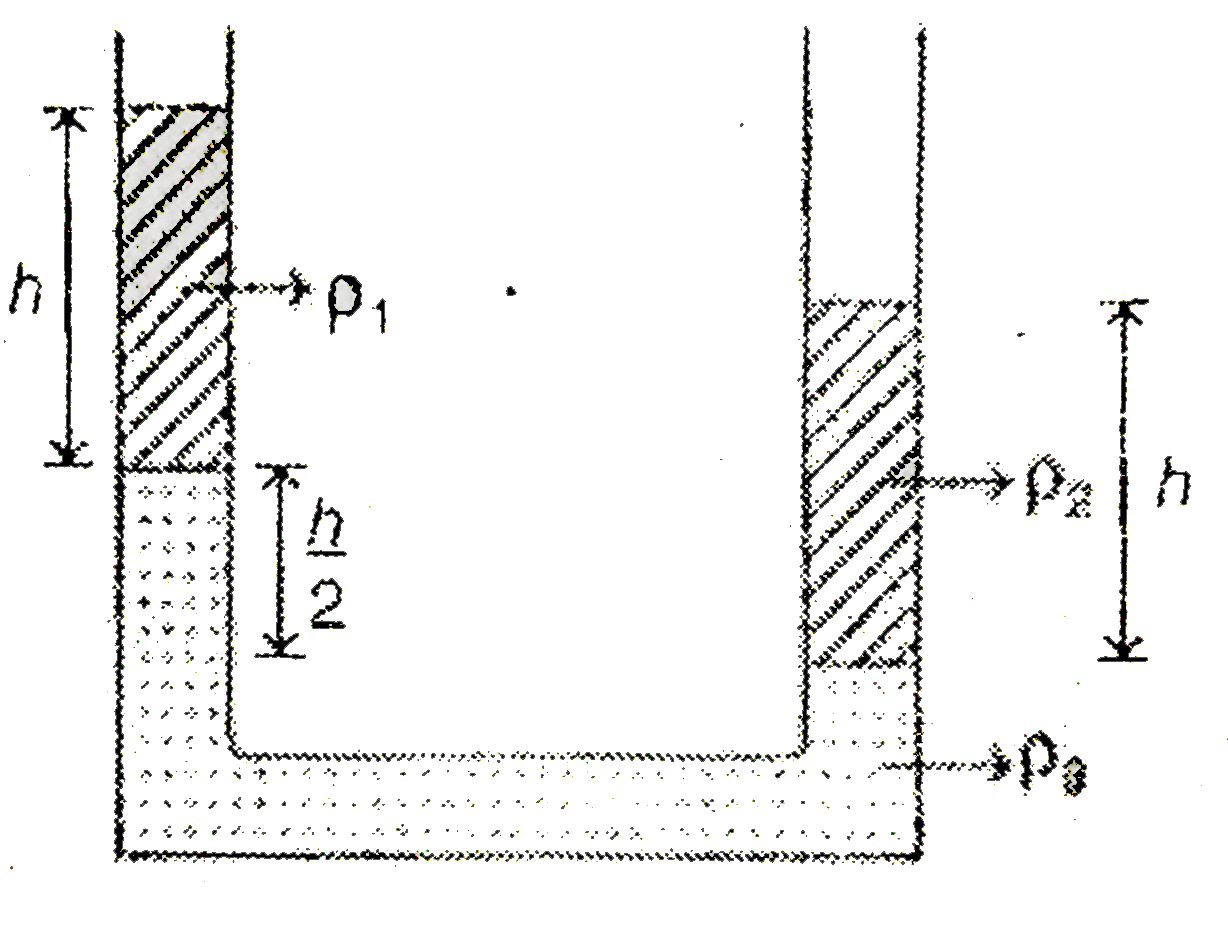A
B
C
D
Text Solution
Verified by Experts
The correct Answer is:
|
Topper's Solved these Questions
FLUIDS
RESNICK AND HALLIDAY|Exercise PRACTICE QUESTIONS (Linked Comprehension )|9 VideosView PlaylistFLUIDS
RESNICK AND HALLIDAY|Exercise PRACTICE QUESTIONS (Matrix - Match )|7 VideosView PlaylistFLUIDS
RESNICK AND HALLIDAY|Exercise PRACTICE QUESTIONS (SINGLE CORRECT CHOICE TYPE)|48 VideosView PlaylistELECTROMAGNETIC WAVES
RESNICK AND HALLIDAY|Exercise PRACTICE QUESTIONS (Integer Type)|3 VideosView PlaylistFORCE AND MOTION - I
RESNICK AND HALLIDAY|Exercise PRACTICE QUESTIONS (Integer Type)|3 VideosView Playlist
Similar Questions
Explore conceptually related problems
Knowledge Check
A
B
C
D
Submit
A
B
C
D
Submit
A
B
C
D
Submit
Similar Questions
Explore conceptually related problems
RESNICK AND HALLIDAY-FLUIDS-PRACTICE QUESTIONS (More than One Correct Choice Type )
- Three different liquids are filled in a U-tube as shown in figure. The...
01:53
|
Playing Now - Some pieces of impurity (density =rho) is embedded in ice. This ice is...
01:44
|
Play - An air bubble in a water tank rises from the bottom to the top. Which ...
02:08
|
Play - The vessel shown in the figure has a two sections of areas of cross-se...
06:20
|
Play - A sample of metal weighs 210 g in air , 180 in water , and 120 in liqu...
02:03
|
Play - A vertical U-tube contains a liquid. The total length of the liquid co...
03:18
|
Play - A solid floats in a liquid in a partialy dipped position.
03:14
|
Play - A liquid flows through a horizontal tube as shown in figure. The veloc...
03:10
|
Play - An empty balloon weighs W(1). If air equal in weight to W is pumped in...
03:26
|
Play - Water floows through two identical tubes A and B. A volume V0 of water...
03:12
|
Play
